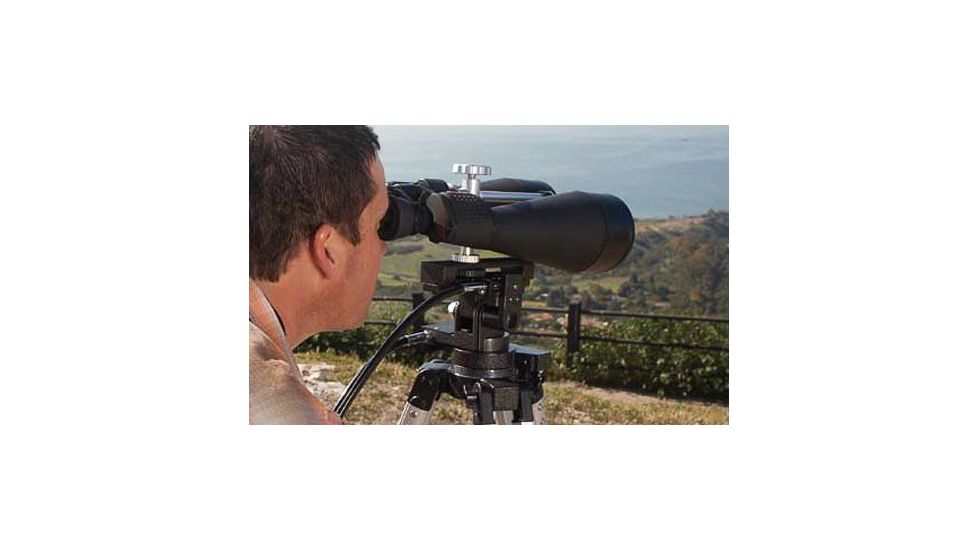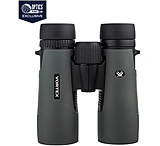Introduction
A high power binocular, spotting scope, or telescope is a great way to view distant landscapes, wildlife, ships at sea or other activities right from the comfort of home or office. With so many models, however, it can be tough to narrow down the choices. Here are some general guidelines that will help.![]()
Tripod Observing
High power instruments require a tripod or mount, not only because of their weight, but also because of magnification. Simply put, you cannot hold these instruments steady enough without support. Furthermore, the heavier the instrument and/or the higher the magnification, the more critical the support becomes. If you plan to move your binocular or scope around a lot, choose the size carefully.
Realistic Expectations
Keep your expectations within reason. No instrument is capable of showing fine detail, e.g. features on someone's face, at a mile or more, regardless of the optical quality of the instrument or the magnification. Larger objects can be seen at greater distances, of course, but there are limits to what an instrument can do during the day. The problem is the atmosphere. The atmosphere is an ocean of air and like an ocean, it is in a constant state of motion. It is also filled with impurities - water vapor, dust, smog and so on. These factors have a direct bearing on the magnification you can use. The greater the instability and/or turbidity of the atmosphere, the lower the magnification that is possible. It is a rare day when conditions will allow much more than 60 - 80x and many days you will be limited to much less. This holds true for any size instrument. Don't be tempted to buy an astronomy telescope with 300x magnification and expect to use 300x during the day.
Optical Quality
Optical quality does not come cheap. Most instruments provide reasonably good image quality at lower magnifications, but only a handful of very expensive instruments will provide equally sharp images at high magnifications. On the other hand, for scenery viewing of large objects, you may not need the performance of these premium grade instruments.
Binoculars and Spotting Scopes
There are two types of instruments used for this application - binoculars and telescopes (specifically a type of telescope known as a spotting scope). Both have advantages and disadvantages.
Binocular High Power Observation
Binoculars offer the viewing comfort and widescreen effect of using two eyes. For extended viewing sessions, a binocular will cause less eye fatigue. On the other hand, binoculars, with some notable exceptions, offer only one magnification. (Zoom binoculars might seem to be a good idea here, but in general, zooms do not have the optical quality or durability of fixed power models). In addition, large observation binoculars are cumbersome and heavy and at the very limit of portability.
Spotting Scope High Power Observation
Spotting scopes are small telescopes designed to be used by day, although they can also be used for some limited astronomy at night. The main advantage of a spotting scope is its versatility. Most spotting scopes come equipped with a zoom eyepiece which allows you to switch magnification instantly from a low end of about 20x all the way up to 60x. A few spotting scopes use standard telescope eyepieces for even more versatility. Spotting scopes are also lighter and more portable than a binocular of the same lens size and all are designed to fit a standard photo tripod. The drawback, of course, is that you can only use one eye. Still, the typical spotting scope will have a much greater "reach" than the typical observation binocular.





